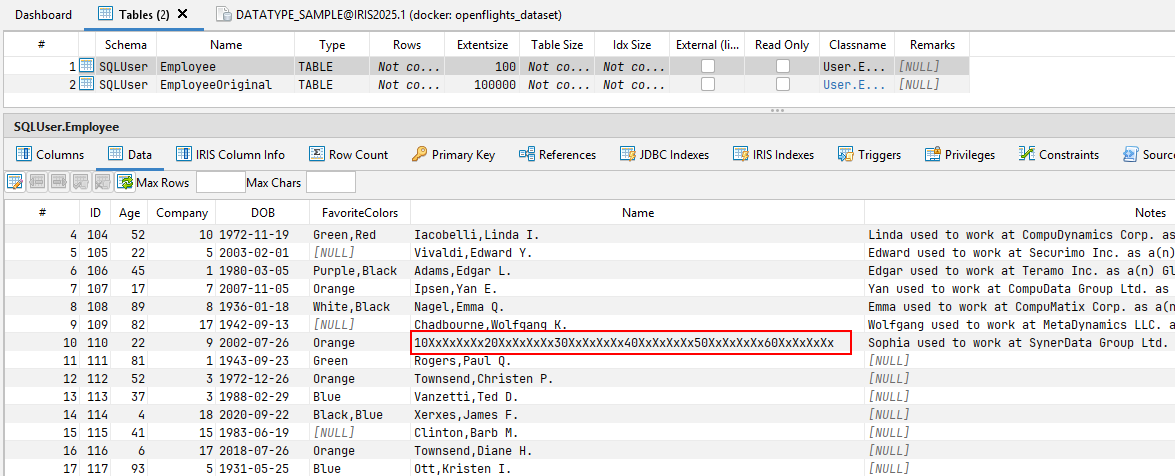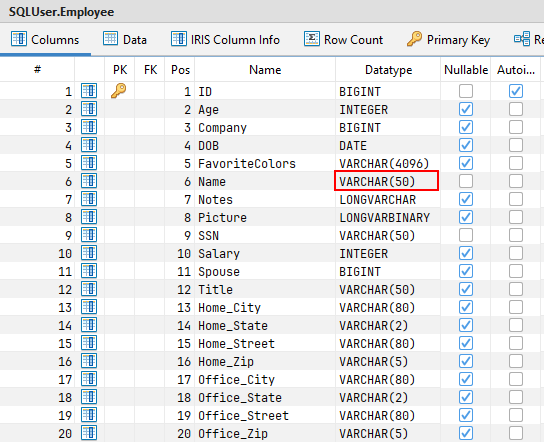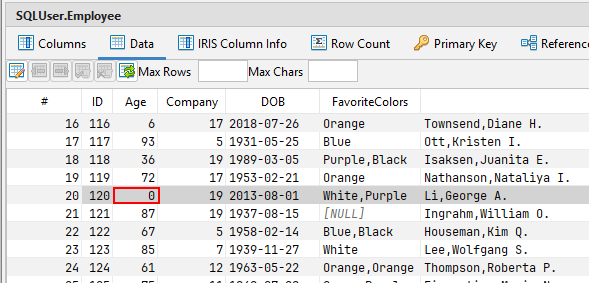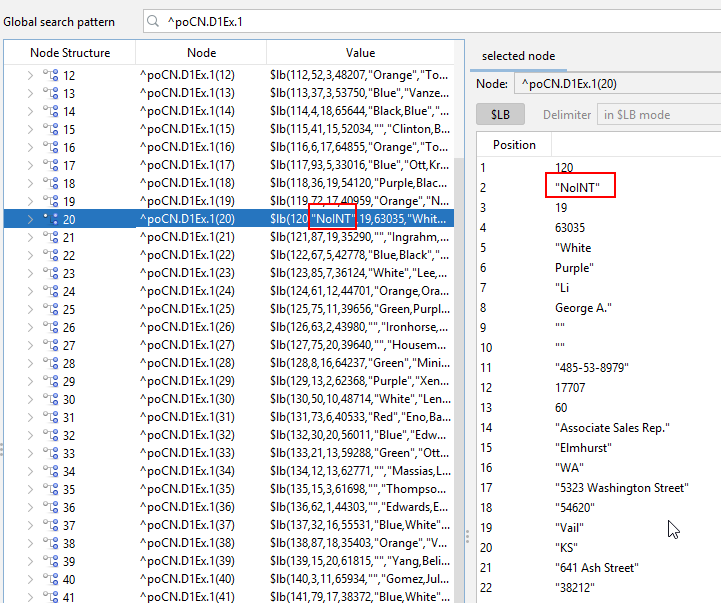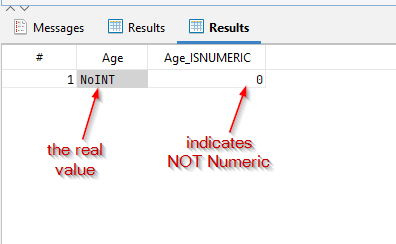インターシステムズは InterSystems IRIS®、InterSystems IRIS® for HealthTM、HealthShare® Health Connect のバージョン 2025.3 をリリースしました。
2025.3 は Continuous Delivery(CD)リリースです。
【リリースハイライト】
・Secure Wallet(セキュアウォレット):
IRISSECURITY データベース上に構築された、新しい暗号化フレームワークで、機密データ管理を強化し、システムのセキュリティとアクセス制御を向上しました。
・拡張されたオブザーバビリティとクラウド連携:
OpenTelemetry メトリクスが強化され、新たにプロセスおよび ECP メトリクスを追加しました。さらに、ジャーナルアーカイブが Azure Blob Storage に対応し、コスト効率の高い保管が可能になりました。
・データ & AI の改善:
外部テーブルで JOIN のプッシュダウンがサポートされ、SQL パフォーマンスが向上しました。ベクトル検索では高速かつ堅牢な類似検索を実現する改良版 HNSW インデックスを導入しました。
・ヘルスケア機能の強化:
FHIR Bulk Data Access と認証機能が改善されました。
・開発者 & UI のアップデート:
Interoperability UI に一括管理アクションや、プロダクション構成内での拡張検索機能が追加され、大規模プロダクションでも使いやすいユーザビリティを実現し、モダンなユーザー体験をさらに強化します。
より良い製品を一緒に作り上げていくために、これらの機能強化に対するフィードックを開発者コミュニティで共有してください。
【ドキュメント】
注目の機能についての詳細は、以下のリンクからご覧いただけます (すべて英語) :
・InterSystems IRIS 2025.3 ドキュメント、リリースノート
・InterSystems IRIS for Health 2025.3 ドキュメント、リリースノート
・Health Connect 2025.3 ドキュメント、リリースノート
さらに、アップグレードの影響に関するチェックリストでは、このリリースにアップグレードする際に注意する必要があるすべての変更点の概要を簡単に確認できます。
【早期アクセス・プログラム (EAP)】
現在、多くの EAP が用意されています。このページより興味のあるものに登録してください。こちらから登録できます。
【ソフトウェアの入手方法】
通常通り、Continuous Delivery (CD) リリースには、サポートされているすべてのプラットフォーム用のクラシックインストールパッケージと Dockerコンテナ形式のコンテナイメージが付属しています。
【クラシックインストールパッケージ】
インストールパッケージは、InterSystems IRIS および InterSystems IRIS for Health 用は WRC の InterSystems IRIS のページから、Health Connect 用は HealthShare のページから入手できます。さらに、キットは評価サービスのウェブサイトにもあります。
【Availability と Package の情報】
このリリースには、サポートされているすべてのプラットフォーム用のクラシック・
インストール・パッケージと Docker コンテナ形式のコンテナ・イメージが付属して
います。 一覧については サポート対象プラットフォーム をご参照ください。
この Continuous Delivery のビルド番号は次のとおりです : 2025.3.0.226.0
このリリースには、InterSystems Container Registry から入手可能な Dockerコンテナ形式のコンテナ・イメージが付属しています。IRIS コンテナには "2025.3" と "latest-cd" の両方のタグが付けられています。

